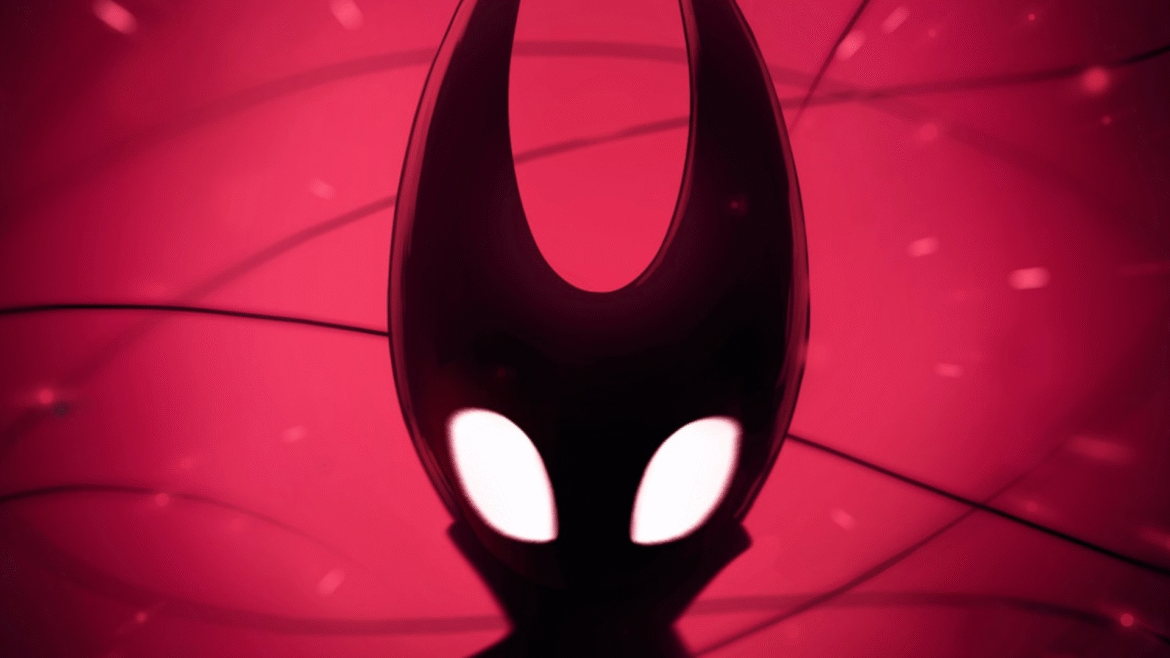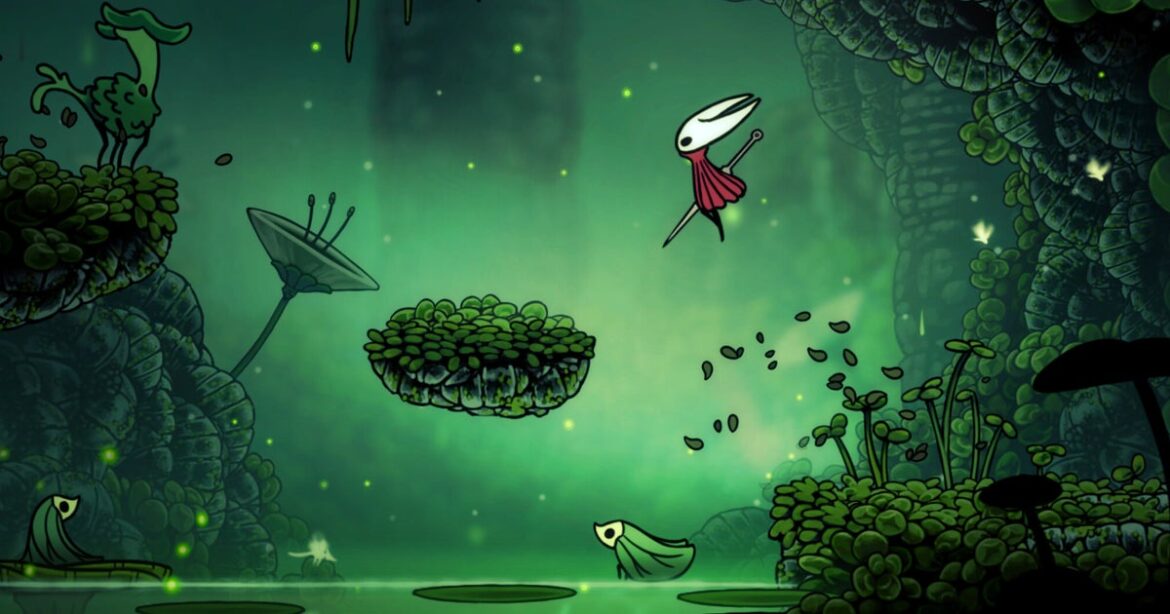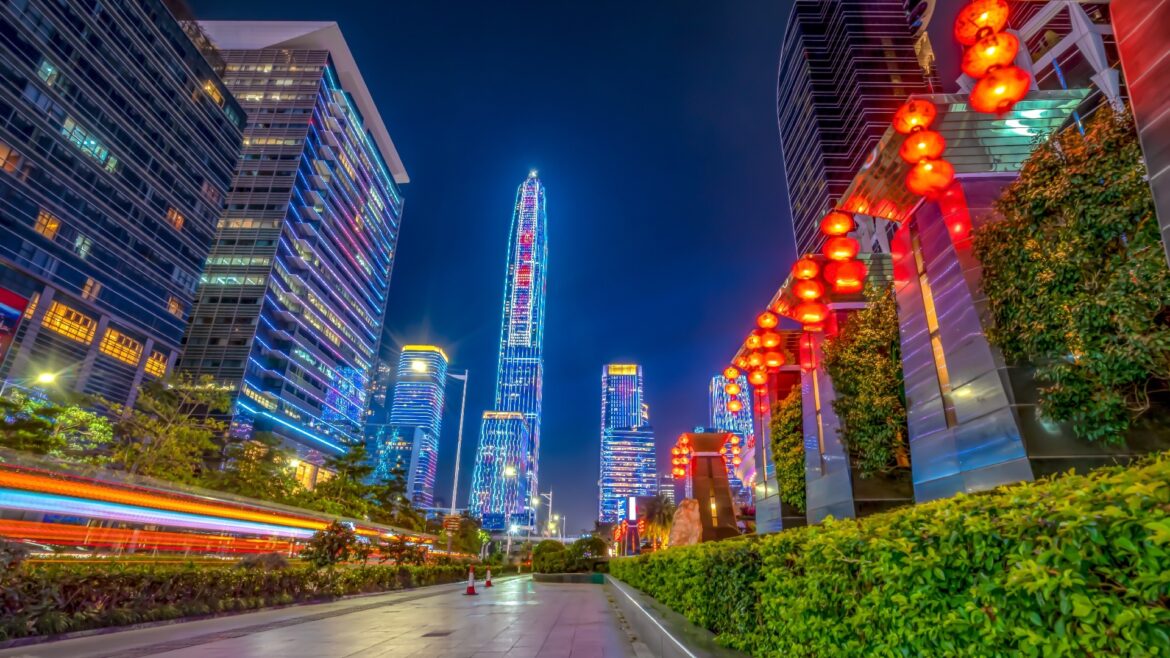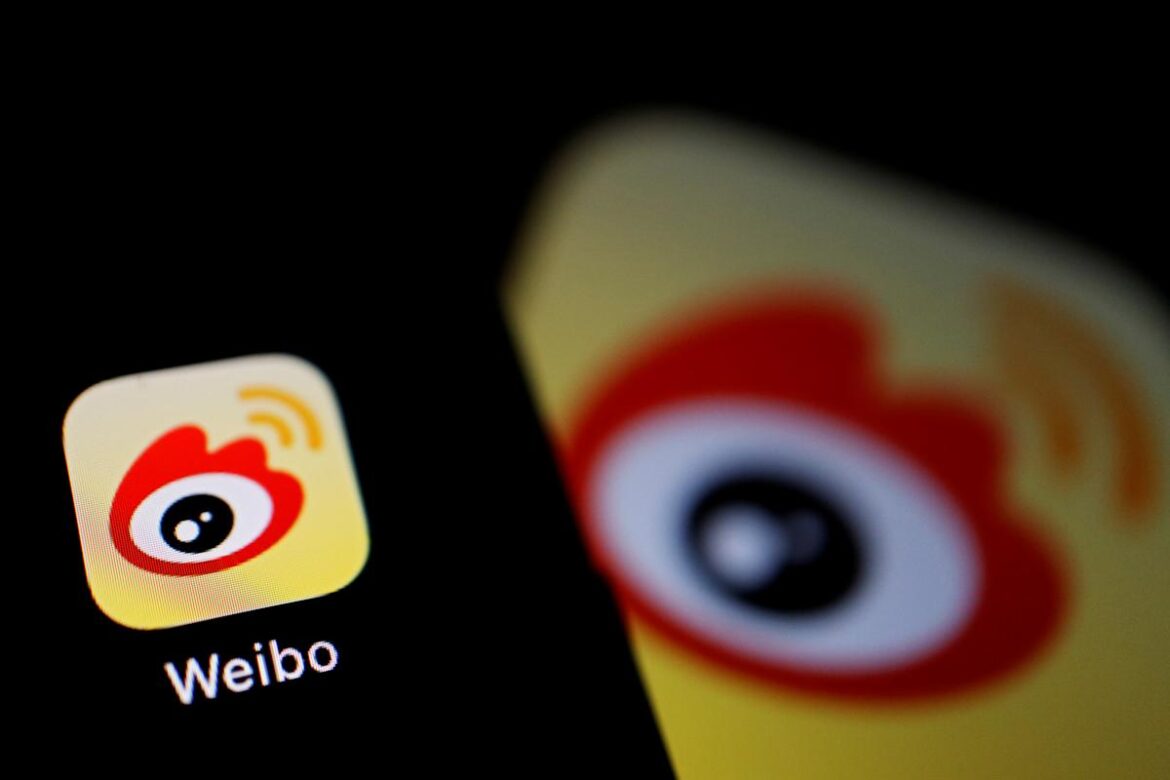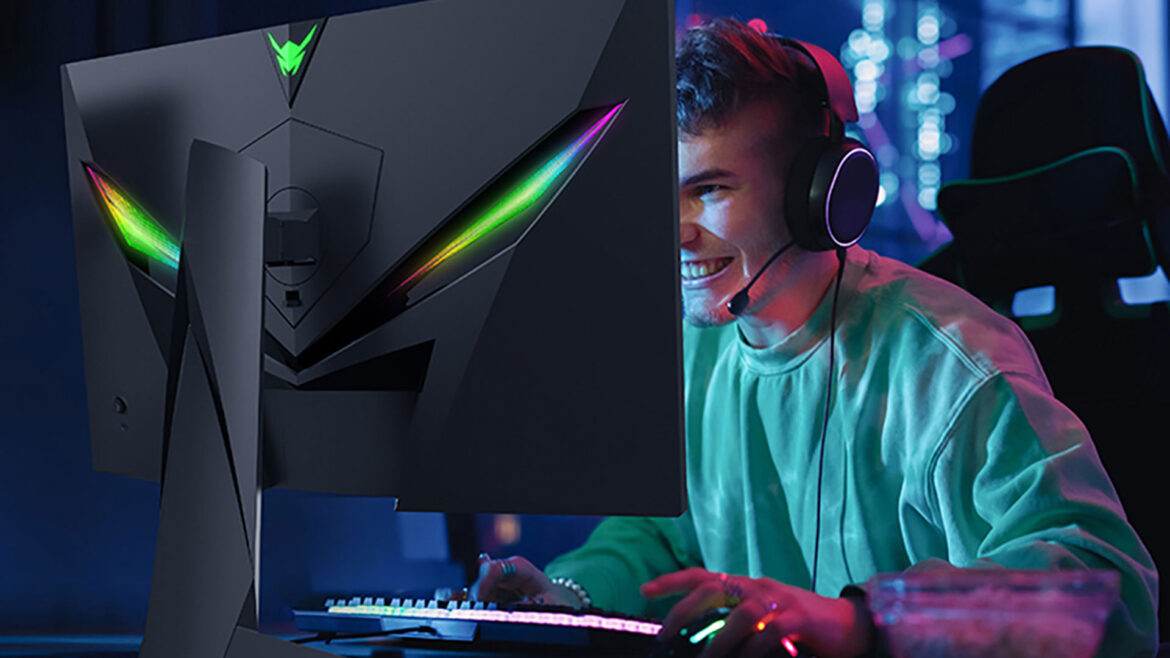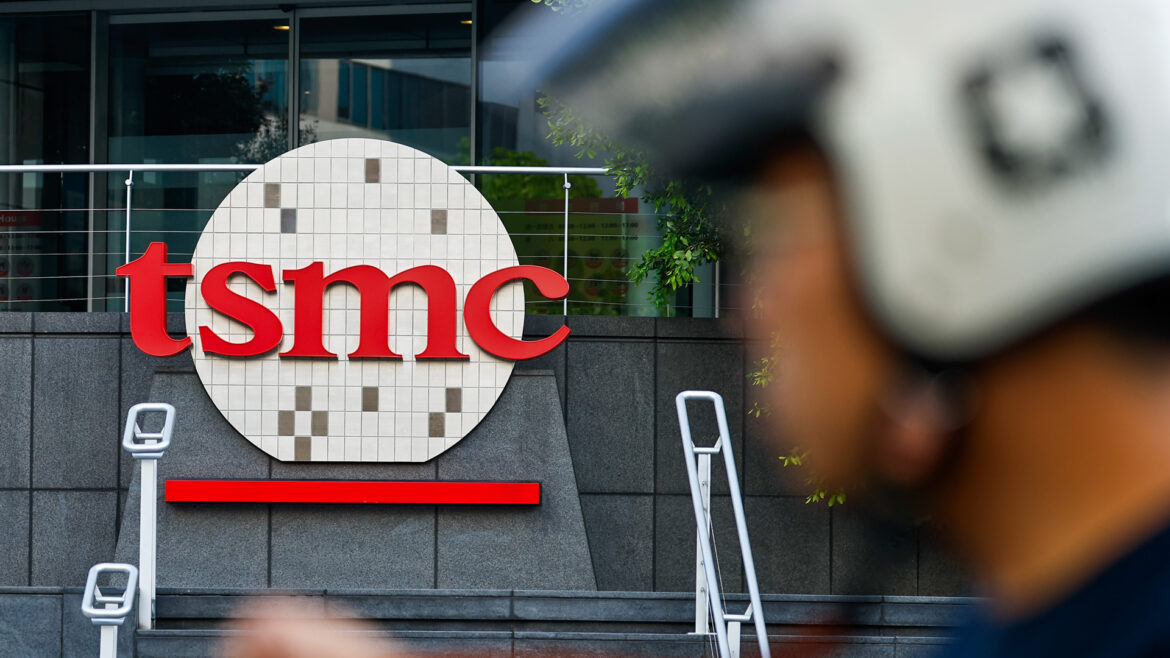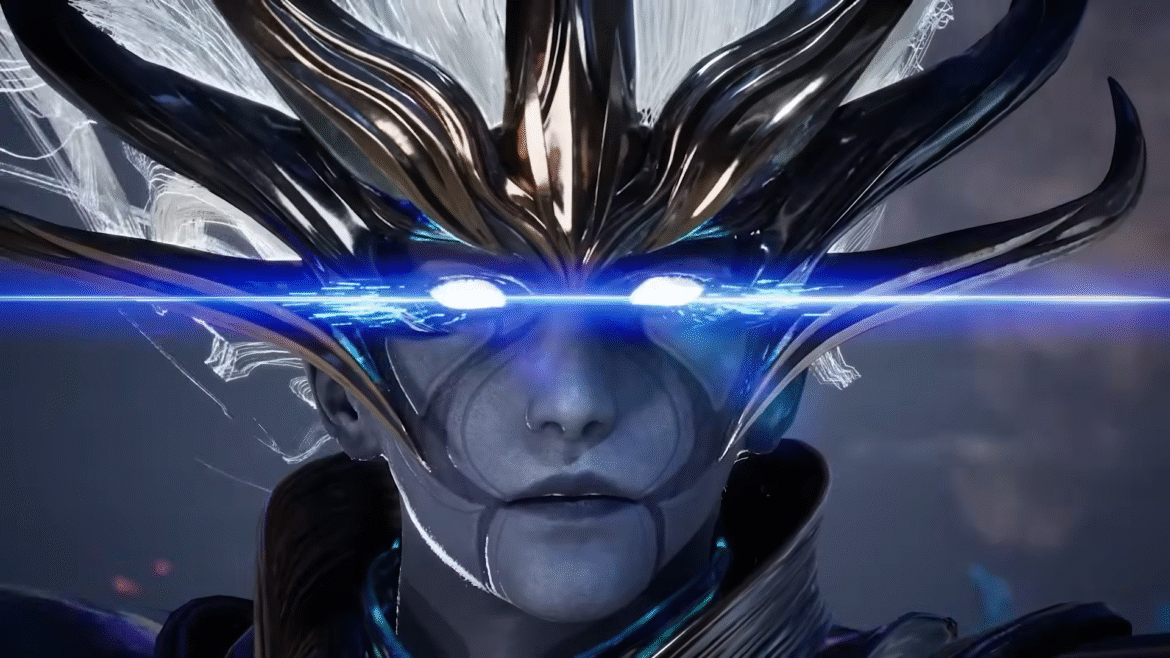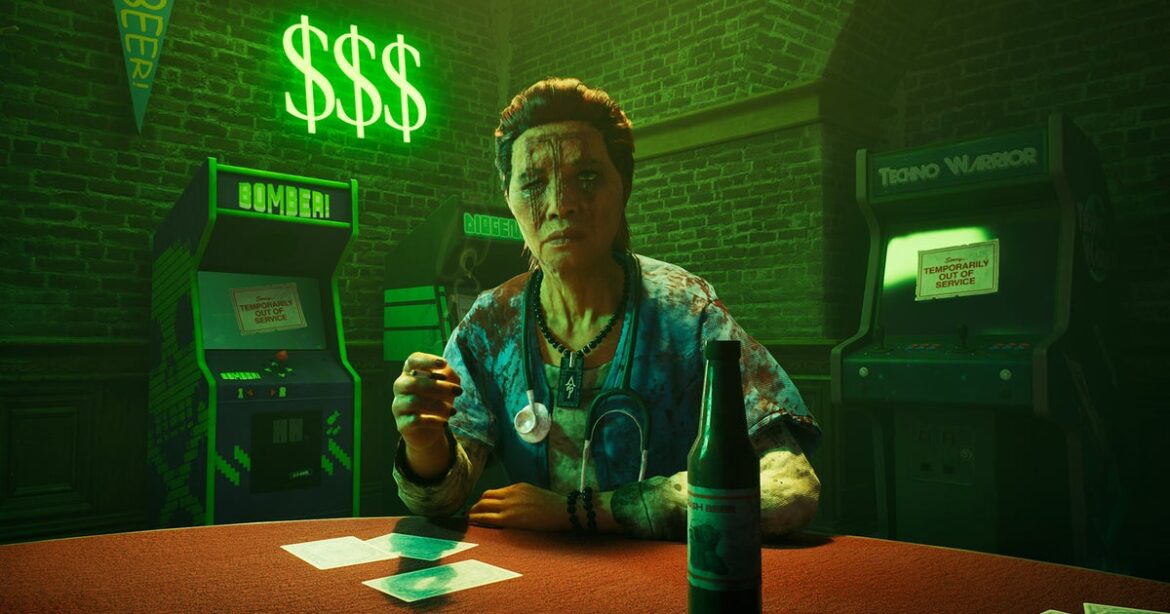As reported by Eurogamer, Hollow Knight: Silksong has not met Chinese players’ expectations the way it has globally, with a 42% positive “Mixed” review status from nearly 20,000 Chinese language users, who say that the game’s localization was abysmally, uniquely poor.
Team Cherry has already responded to the issue, promising to work on the Chinese localization. “We appreciate you letting us know about quality issues with the current Simplified Chinese translation of Hollow Knight: Silksong,” wrote the game’s publishing and marketing lead, Matthew Griffin. “We’ll be working to improve the translation over the coming weeks.”
To our Chinese speaking fans:We appreciate you letting us know about quality issues with the current Simplified Chinese translation of Hollow Knight: Silksong.We’ll be working to improve the translation over the coming weeks.Thanks for your feedback and support.September 5, 2025
The reception among Chinese speaking reviewers sharply contrasts with Silksong’s reviews in all other languages it’s available in, with an overall 80% “Very Positive” rating among over 80,000 reviews worldwide. Of about 16,000 negative reviews worldwide, 11,800 of them are in Simplified Chinese.
Related articles
Some commenters on Griffin’s post have tried to elaborate on the specific issues at hand. Tiger Tang, who led the Chinese localization of 2020 RPG Omori, wrote that the main issues in Silksong’s localization are creative, not grammatical. “The current Silksong CN translation reads like a Wuxia novel instead of conveying the game’s tone,” said Tang. “This isn’t about effort, but about taste and direction, and speaking from experience likely can’t be fixed without replacing the translator.”
Others in the comments noted the same bizarre, anachronistic quality Tang mentions, while it also reportedly devolves into total gibberish in places. Kotaku cited criticism from translation expert Loek van Kooten, who called Silksong’s Chinese dialogue the equivalent of “a high-school drama club’s Elizabethan improv night.” Silksong had two people credited for its Chinese localization, versus the first game’s team of six.
In a final twist, one of those two translators, Hertzz Liu, appears to have been leaking details about the much-anticipated Silksong on social media. A June comment on the r/Silksong subreddit by user Infinite-Lake-7523 includes a screenshot of a Q&A on the Chinese site Tieba from a user named “Hertzzz.” Infinite-Lake-7523 ironically thought this was a hoax, but said Herzz(zz) estimated a pre-Christmas release date and shared some of their plans for the localization.
Is it still a “review bomb” if people are understandably upset over a defective product? The current Chinese translation of Silksong sounds like that infamous “restoration” of Ecce Homo. With issues this extensive and structural, I would expect Team Cherry to commit to an entirely new Chinese localization, but that will likely take some time.

